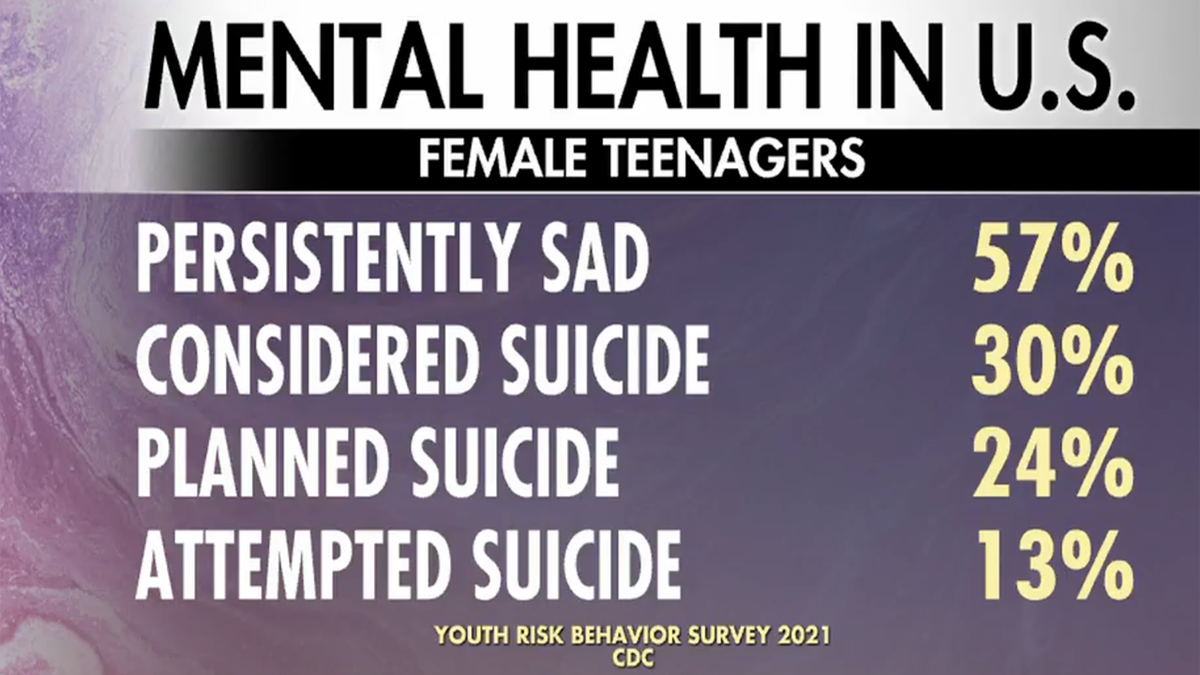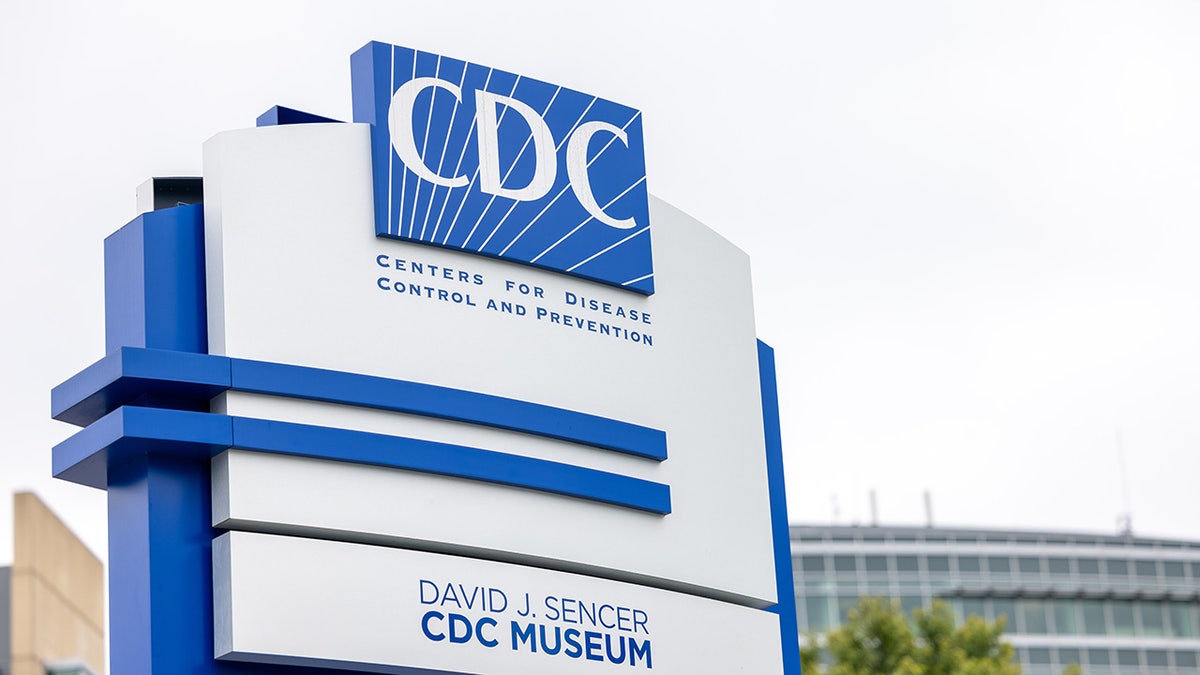Recent data from the CDC reveals a concerning increase in the number of young people receiving mental health treatment. In 2021, 15% of children aged 5 to 17 sought help for mental health conditions, with the percentage rising to almost 19% for those aged 12 to 17. This highlights a deepening mental health crisis affecting American youth.
The data also showed disparities in access to treatment, with White children and those in urban areas more likely to receive care. Several factors contribute to this crisis, including the lingering effects of the COVID-19 pandemic, the pervasive influence of social media, and other environmental stressors.

Experts emphasize that even more concerning is the significant number of youth who aren't receiving necessary mental health care. The National Institute of Mental Health reports the highest prevalence of mental health conditions among young adults aged 18-25, while Mental Health America indicates that over 60% of youth with major depression go untreated. This unmet need often continues into adulthood, exacerbating the crisis.

The shortage of mental health professionals further complicates the situation. With a ratio of one provider for every 350 individuals needing services, access to timely and appropriate care remains a significant challenge. This shortage, combined with the rising rates of mental health concerns, has alarming implications, especially given that suicide is the second leading cause of death for children aged 10-14.

Another troubling trend is the high rate of repeat visits to emergency rooms for mental health issues. Studies show that a significant percentage of children who seek emergency care for mental health concerns return within six months. This underscores the need for more effective follow-up care and long-term support systems. The COVID-19 pandemic further intensified this issue, with a sharp increase in mental health-related ER visits during the initial stages of the pandemic.

Separate CDC data reveals an upward trend in anxiety and depression among children, with millions now experiencing these conditions. Furthermore, the Surgeon General's recent advisory on the “loneliness epidemic” highlights another dimension of the mental health crisis, emphasizing the serious health consequences of social isolation and disconnection.
Comments(0)
Top Comments